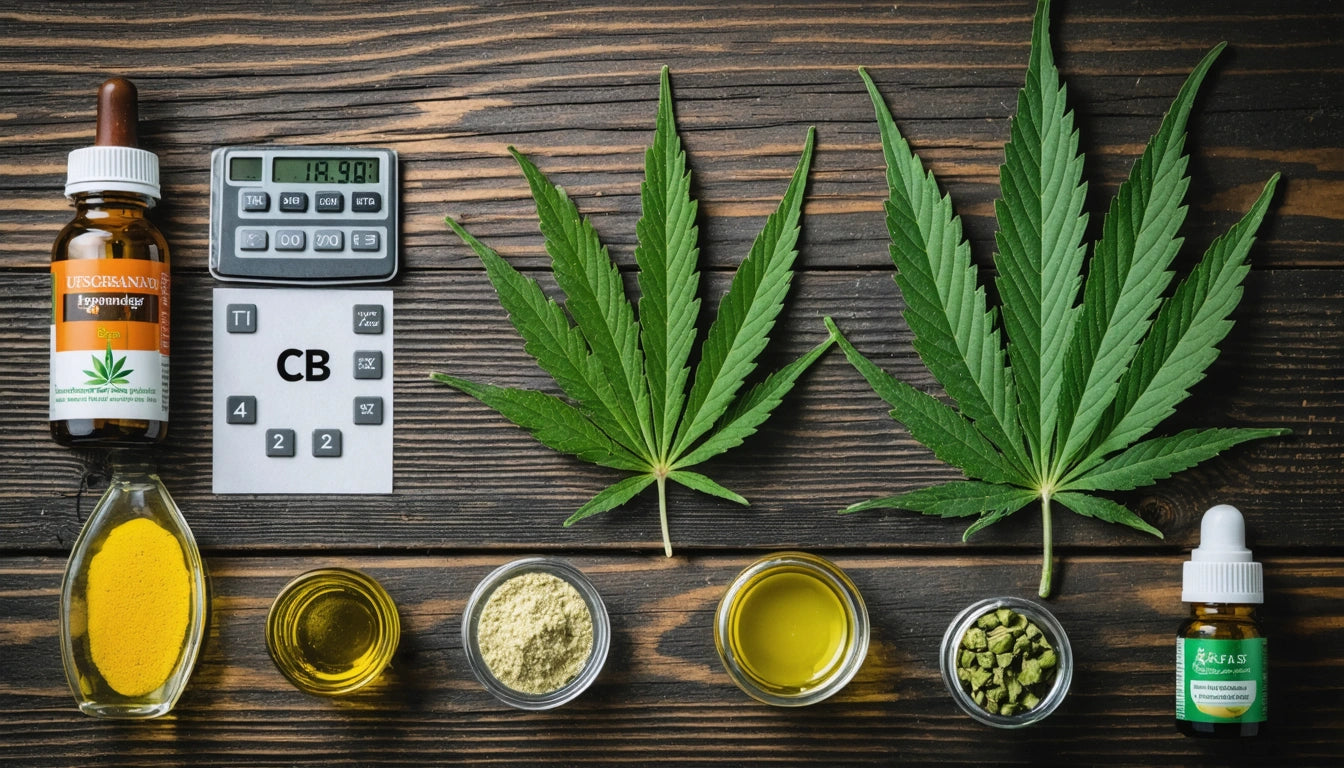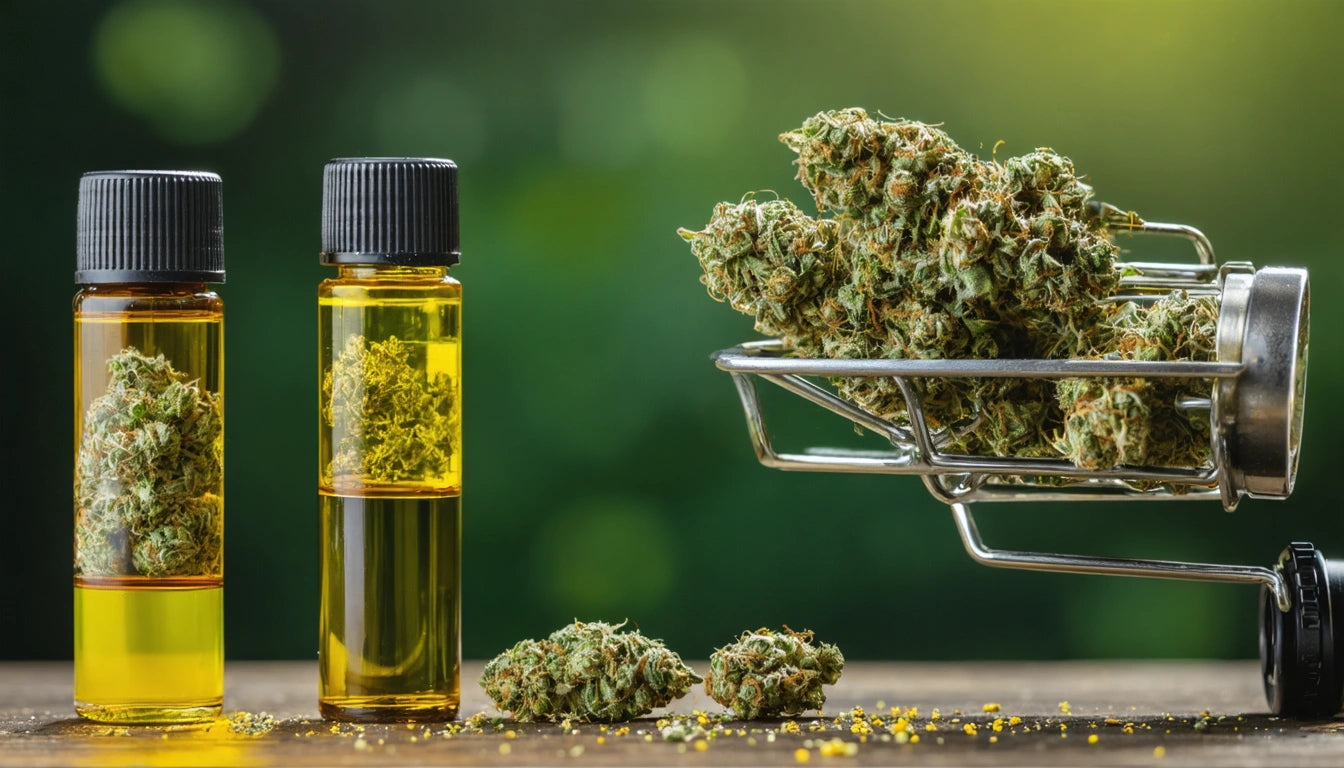Table of Contents
- Live Resin vs. Distillate Fundamentals: Understanding the Products
- Material Requirements: Glass, Silicone, and PTFE Considerations
- Preservation Challenges: Terpene Retention and Stability
- Compliance Considerations for Different Extract Types
- Consumer Experience Factors: Accessibility and Application
- Sustainability Approaches for Concentrate Packaging
- Future Packaging Innovations for Cannabis Extracts
Cannabis concentrates require specialized packaging solutions to maintain potency, prevent degradation, and ensure compliance with regulations. Live resin and distillate represent two distinct extract categories with unique packaging requirements based on their consistency, terpene content, and intended use. Understanding these differences is crucial for producers seeking to preserve product quality and enhance consumer experience.
Live Resin vs. Distillate Fundamentals: Understanding the Products
Live resin is a terpene-rich concentrate produced from flash-frozen cannabis material, preserving the plant's aromatic compounds. Its consistency ranges from sauce-like to sugar or budder textures. In contrast, distillate is a highly refined, potent oil with minimal terpene content, resulting in a clear, viscous liquid that can reach up to 99% cannabinoid purity.
These fundamental differences directly impact packaging requirements. Live resin demands solutions that preserve volatile terpenes, while distillate packaging focuses on preventing leakage and maintaining viscosity. According to research on temperature and light exposure, both factors significantly affect concentrate stability but impact each product type differently.
Material Requirements: Glass, Silicone, and PTFE Considerations
Live Resin Packaging Materials
Live resin typically requires:
- Glass containers with airtight seals to prevent terpene evaporation
- UV-resistant or opaque materials to protect light-sensitive compounds
- Non-reactive surfaces that won't degrade terpenes
As outlined in this guide to concentrate container materials, borosilicate glass remains the industry standard for terpene preservation, while PTFE-lined lids prevent sticking and contamination.
Distillate Packaging Materials
Distillate packaging prioritizes:
- Glass or high-grade silicone syringes for precise dispensing
- Cartridge systems for vaporization applications
- Leak-proof designs that accommodate high-viscosity oils
Preservation Challenges: Terpene Retention and Stability
Live resin's high terpene content presents unique preservation challenges. These volatile compounds easily evaporate and degrade when exposed to heat, light, or air. Effective packaging must create a microenvironment that minimizes these factors. Studies on terpene preservation indicate that proper packaging can extend shelf life by months.
Distillate faces different challenges, primarily related to viscosity management and oxidation prevention. Its refined nature means fewer terpenes to protect, but its high cannabinoid concentration makes it susceptible to degradation through different mechanisms. When processing concentrates in bulk, commercial-grade processing equipment can help maintain consistency before the packaging stage, ensuring a more uniform product that behaves predictably in its final container.
Compliance Considerations for Different Extract Types
Both live resin and distillate must meet stringent regulatory requirements, though specific concerns vary by product type. Compliance standards for concentrates typically address:
- Child-resistant mechanisms appropriate to the product consistency
- Tamper-evident features that verify product integrity
- Labeling requirements specifying potency, ingredients, and warnings
Live resin packaging often requires additional consideration for terpene content labeling, while distillate packaging may need more emphasis on potency warnings due to its high THC concentration. Child-resistant options for concentrates must be tailored to the specific product format, with jars for live resin and cartridge systems for distillate requiring different safety mechanisms.
Consumer Experience Factors: Accessibility and Application
Consumer interaction with packaging differs significantly between these concentrate types. Live resin users typically need to access the product with dab tools, requiring containers with sufficient opening width and depth for easy retrieval. Preventing leaks and stickiness becomes crucial for maintaining a positive user experience.
Distillate packaging often focuses on precision dispensing, with syringes and cartridges designed for specific applications like refilling vape devices or adding to edibles. According to consumer preference surveys, ease of use ranks among the top factors influencing purchasing decisions for concentrate products.
Sustainability Approaches for Concentrate Packaging
As the industry evolves, sustainability concerns are increasingly influencing packaging choices for both live resin and distillate products. Eco-friendly concentrate packaging options include:
- Recyclable glass containers for live resin
- Biodegradable or hemp-based plastic alternatives
- Refillable systems for distillate products
- Minimalist packaging that reduces material usage
The challenge lies in balancing sustainability with the specialized performance requirements of each concentrate type. For live resin, maintaining an airtight, terpene-preserving environment remains paramount, while distillate packaging must prevent leakage and degradation while minimizing environmental impact.
Future Packaging Innovations for Cannabis Extracts
The concentrate market continues to evolve, driving innovation in packaging solutions for both live resin and distillate products. Emerging trends include smart packaging with QR codes linking to lab results, temperature-indicating materials that warn of improper storage, and novel child-resistant mechanisms that maintain easy adult access while improving safety.
For producers scaling their operations, custom concentrate packaging offers opportunities to differentiate products while addressing the specific needs of each extract type. As regulations evolve and consumer preferences shift, packaging that adapts to these changes while maintaining product integrity will define industry leaders in the concentrate space.











Leave a comment
All comments are moderated before being published.
This site is protected by hCaptcha and the hCaptcha Privacy Policy and Terms of Service apply.